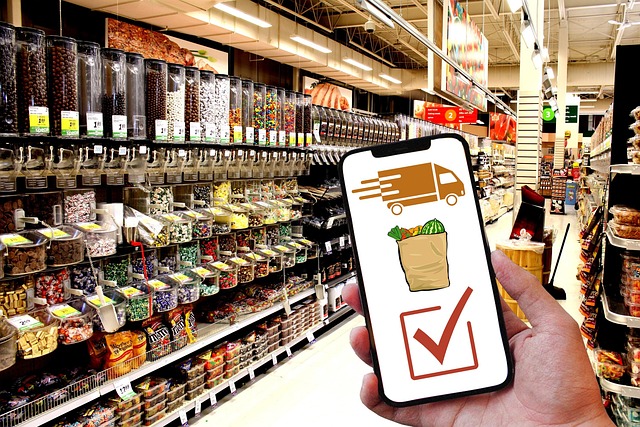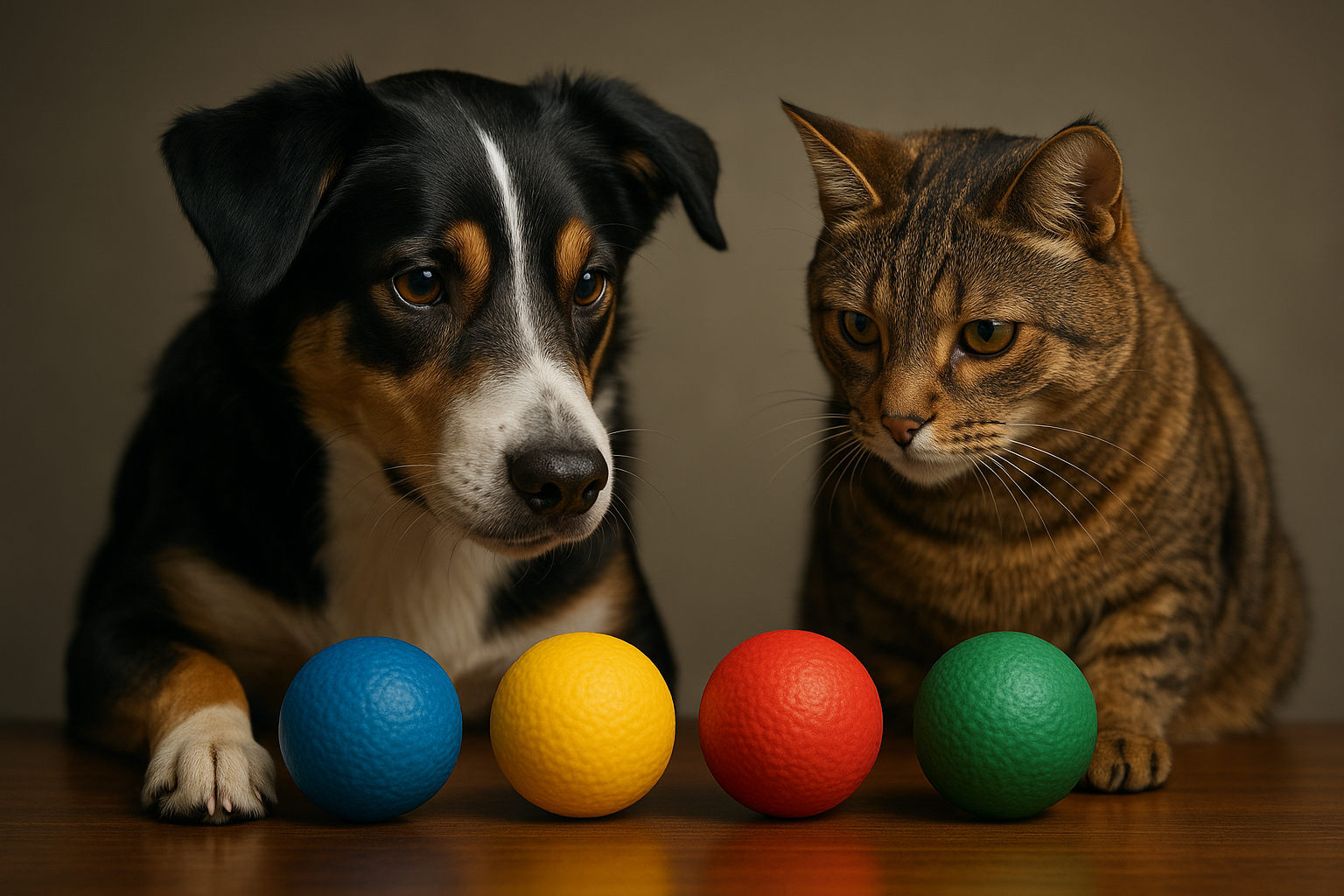Budget-friendly interactive projects to engage your companion
Interactive projects can keep pets mentally and physically active without large expense. Simple DIY toys, feeding puzzles, short training sessions, and grooming routines support enrichment, bonding, and general wellness. This overview offers low-cost, safe activities and routine ideas suited to many companion animals.

Enrichment keeps companions engaged, reduces boredom, and supports overall wellness. Small, regular activities—scattered feeding, short training sessions, or a rotated selection of toys—help pets express natural behaviors and stay mentally active. Focus on short intervals that match your pet’s attention span, and combine physical exercise with problem-solving tasks to support both physical and mental health. Observing how your companion responds lets you adjust difficulty and frequency so enrichment becomes part of a sustainable routine.
This article is for informational purposes only and should not be considered medical advice. Please consult a qualified healthcare professional for personalized guidance and treatment.
How can enrichment fit into a daily routine?
Integrating enrichment into daily life means choosing brief, repeatable activities rather than occasional long sessions. For dogs and cats, 5–15 minute puzzle feeder sessions, short interactive play, or scent games between walks can create variety. For small mammals and birds, adding new chewable items or rearranging safe habitat elements encourages exploration. Regular small bursts of activity reduce stress-related behaviors and support bonding by creating positive, predictable interactions that align with feeding, grooming, and rest schedules.
What grooming projects are low-cost and interactive?
Turn grooming into a cooperative activity by using soft brushes and gentle handling paired with treats or praise. For many pets, short, frequent brushing reduces loose hair and helps you spot skin or coat issues early. Create a calm grooming area with a towel or mat, use desensitization with brief tooth and ear handling, and reward calm behavior. These projects support physical wellness and strengthen trust; consult your veterinary provider if you notice persistent lumps, irritation, or behavioral resistance.
How to support nutrition and feeding with interactive ideas?
Interactive feeding helps slow fast eaters and encourages natural foraging behavior. Simple DIY options include scattering kibble for foraging, using muffin tins with covered cups, or stuffing commercial toys like KONGs with balanced fillings. Measure portions carefully to maintain a healthy weight and avoid overfeeding when using treats. For pets with special dietary needs, work with your veterinary professional to adapt enrichment feeding methods without compromising nutritional goals or medical restrictions.
How can behavior and training be incorporated affordably?
Short, positive training sessions build skills and reduce problem behavior while costing very little. Use small safe food rewards, a clicker substitute like a verbal marker, and consistent cues to teach basic commands and tricks. Shaping and targeting exercises engage the mind and can be adapted into games. Training also supports socialization: short, positive exposures to new sights, sounds, and people in controlled settings help pets build confidence while prioritizing safety and stress signals.
What low-cost projects encourage exercise, habitat, and socialization?
Create obstacle courses from household items—cardboard tunnels, pillow jumps, and low platforms—to promote physical exercise and problem-solving. For caged or terrarium species, rotate habitat enrichment like climbing branches or foraging hides, ensuring materials are species-appropriate and safe. For social animals, arrange brief supervised introductions with calm visitors or structured leash walks to vary environments. These projects improve bonding, exercise, and social skills without expensive equipment.
Below are common products and low-cost options used for enrichment and feeding projects, with typical cost estimates and readily available DIY alternatives. DIY solutions can markedly reduce expense while allowing customization.
| Product/Service | Provider | Cost Estimation |
|---|---|---|
| Classic chew-and-fill toy | KONG | $8–$20 |
| Treat-dispensing puzzle toy | Outward Hound | $15–$35 |
| Programmable automatic feeder (basic) | PetSafe | $30–$100 |
| Interactive treat ball | Starmark / Busy Buddy | $10–$25 |
| Simple DIY puzzle materials (cardboard, towels) | Home supply | $0–$5 |
Prices, rates, or cost estimates mentioned in this article are based on the latest available information but may change over time. Independent research is advised before making financial decisions.
Conclusion Budget-friendly interactive projects can support enrichment, grooming, nutrition, behavior, training, and socialization without large expense. By using short, consistent sessions and a mix of DIY and affordable commercial items, you can foster mental health, exercise, and stronger bonds with your companion. Monitor safety and wellness as you introduce each activity, and consult local services or a veterinary provider for species-specific advice.





